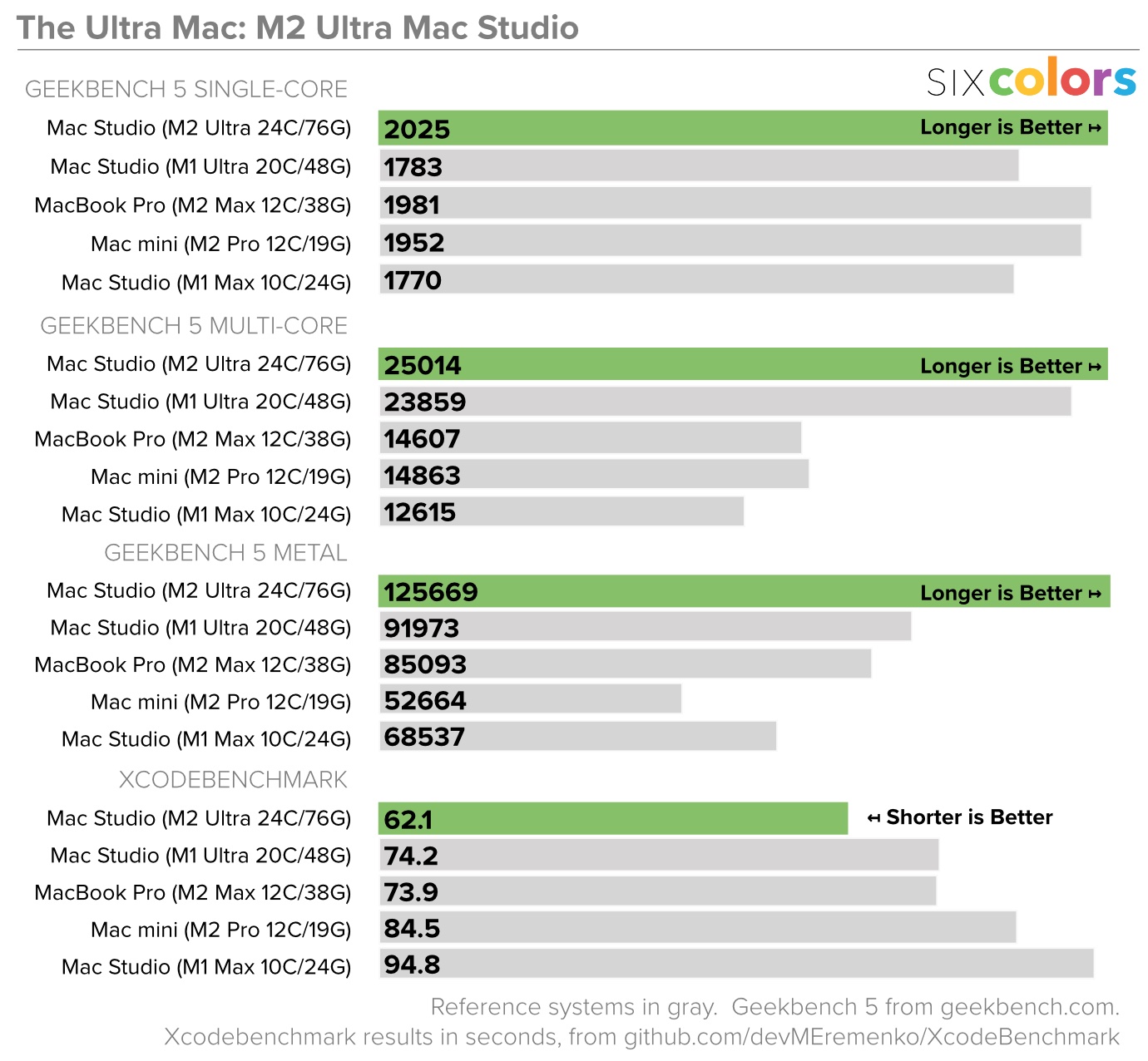Man RIP The M1 Mac Studio buyers. This new Studio is such a massive upgrade compared to last year's lmao. Oh well
Now the big question...what of the Mac Pro?
M1 Studios are pretty great, M2 isn’t a major jump from M1, once we get Apple Silicon chips on the 3nm node is when we will see a nice leap.



